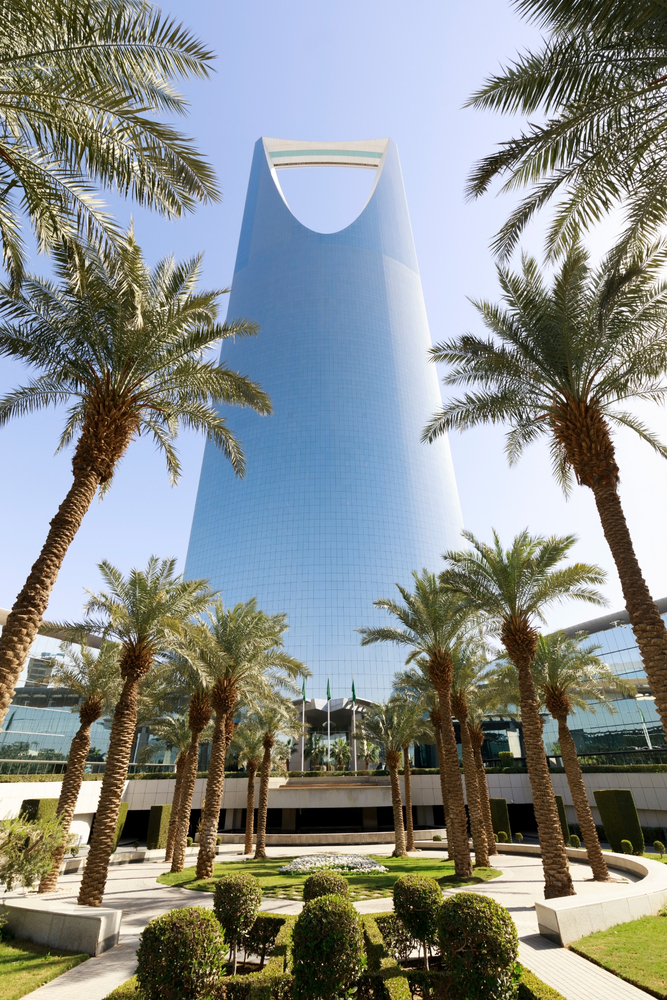For a long time, Saudi Arabia was a country that puzzled the world because some things there felt as if the Middle Ages were still present. But the kingdom wants to open up, and while it was previously only possible for tourists to obtain a visa in the care of a group, this is now also possible for individual travellers. The restrictions that have been in place so far will also be eased in Saudi Arabia as part of the “Vision 2013” project. Crown Prince Mohammed bin Salman wants to make his country fit for the future, and by the way, this also included the lifting of the driving ban for women. On a trip through Saudi Arabia, tourists will be able to visit the testimonies from the time of the ancient Nabataean empire. This beautiful country is opening its veil, even if the holy cities of Mecca and Medina will continue to be open only to people of the Islamic faith.

But some things are still very different with the Saudis than in the Arab neighborhood. And so the old port city of Jeddah is something of an exception to the rule. It is fun-loving and cosmopolitan and has blossomed into a modern metropolis years ago. Saudi Arabia is said to be a “fearful giant”. Anxious probably because the all-powerful house of the king finds it difficult to assess how his subjects assess the everyday things of their lives. When a few years ago the consumption of alcoholic beverages was to be banned as well as the consumption of smoking, there was a loud outcry of protest – by Arab standards. As a result, the request to also put nicotine on the list of bans was not pursued.
Now, it would be an exaggeration to claim that Saudi Arabia will join Western customs in the foreseeable future. Rather, this is the land of the Prophet, where millions of pilgrims crowd around the Kaaba of Mecca and where traditions are still cherished and cultivated. However, the visual differences in Saudi Arabia range from the picturesque Bedouin villages in the mountains of the south to the skyscrapers of the modern capital Riyadh.

Al-Ahsa is one of the most historic regions in the country. This is an area where the infinity of the desert merges into an agricultural idyll. With the metropolis of Hofuf, Al-Ahsa, which has been declared a World Heritage Site by UNESCO, is considered the “largest oasis in the world”. Here, 2.5 million palm trees were planted and a sophisticated irrigation system was devised. The Mada ́in Salih excavation site is also on the UNESCO list. The place is about four hundred kilometers from Medina and is basically a huge cemetery. 111 monumental tombs have been discovered here, and they are said to be almost two thousand years old. The decorations carved into the red rock and the inscriptions in Aramaic and Thamudic are impressive.
In Mada ́in Salih you can also visit an old station building and its locomotive. These are the remains of the former Hejaz railway, which, according to the ideas of the royal family more than a hundred years ago, was supposed to connect Syrian Damascus with Mecca. However, it was never completed. Old Jeddah, on the other hand, has retained its reputation as the “gateway to Mecca” for centuries. A tribe of Yemenis founded the town more than two and a half millennia ago. In the early Middle Ages, Old Jeddah received a city wall worth seeing.
Interview with Mihael Djukic about his trip to Saudi Arabia
Even the minister responsible for tourism development, a prince of the royal family, raves about Saudi Arabia’s breathtaking natural beauty. He refers to his country as a “treasury”, but also pointed out that Saudi Arabia will never give up its cultural values as the homeland of the Prophet. This also includes the ban on alcoholic beverages, to which holidaymakers must also submit.
Travel information Saudi Arabia
| Capital | Riyadh |
|---|---|
| Form of government | Monarchy Absolute monarchy |
| Currency | Saudi Riyal (SAR) |
| Area | approx. 2,149,690 km² |
| Population | approx. 31,742,308 (2016 est.) |
| Languages | Arabic |
| Electricity grid | 127/220 volts, 60 Hz |
| Area code | +966 |
| Time zone | UTC+3 |


